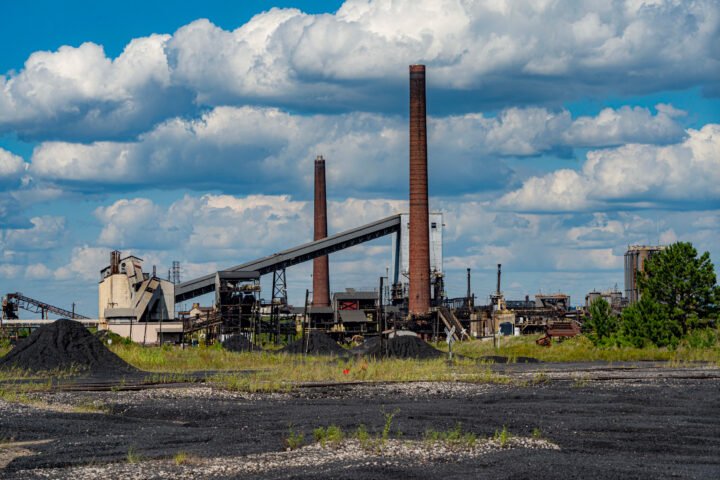Nitrogen pollution not only affects the environment but can also directly impact public health, according to new research by KU Leuven and Sciensano. The researchers found that grasslands fertilised with nitrogen produce up to six times more pollen, which triggers stronger allergic reactions in hay fever sufferers.
Pollen allergy or hay fever is associated with a variety of health complaints. In addition to individual sensitivity to pollen, environmental exposure plays an important role.
Researchers from KU Leuven, Sciensano and Antwerp University investigated whether nitrogen pollution – from sources such as traffic and agriculture – contributes to the severity of allergies.
Stronger response
“What we found was striking,” said Paulien Verscheure from KU Leuven in a press release. “Grasslands that had been fertilised with nitrogen not only produced six times more pollen, but that pollen also triggered stronger immune responses in hay fever patients.”
The team compared 50 grasslands in Belgium, with and without nitrogen fertilisation. They collected and analysed pollen from each area and tested the samples on 20 adult hay fever patients.
They looked at how strongly a person’s immune cells reacted to the pollen and how many antibodies they had in their blood.
Direct impact
“Thanks to this setup, in which the same patients were exposed to different pollen samples, we were able to accurately determine which pollen causes the most allergies, regardless of other influences,” says Professor Raf Aerts of KU Leuven and Sciensano.
It has long been known that nitrogen has a negative impact on biodiversity, but this study shows for the first time the potential direct impact on public health.
The researchers say their work, published in The Lancet Planetary Health, shows the need for collaboration between ecologists, environmental scientists, immunologists and policymakers to better understand and address the effects of nitrogen pollution on health.










